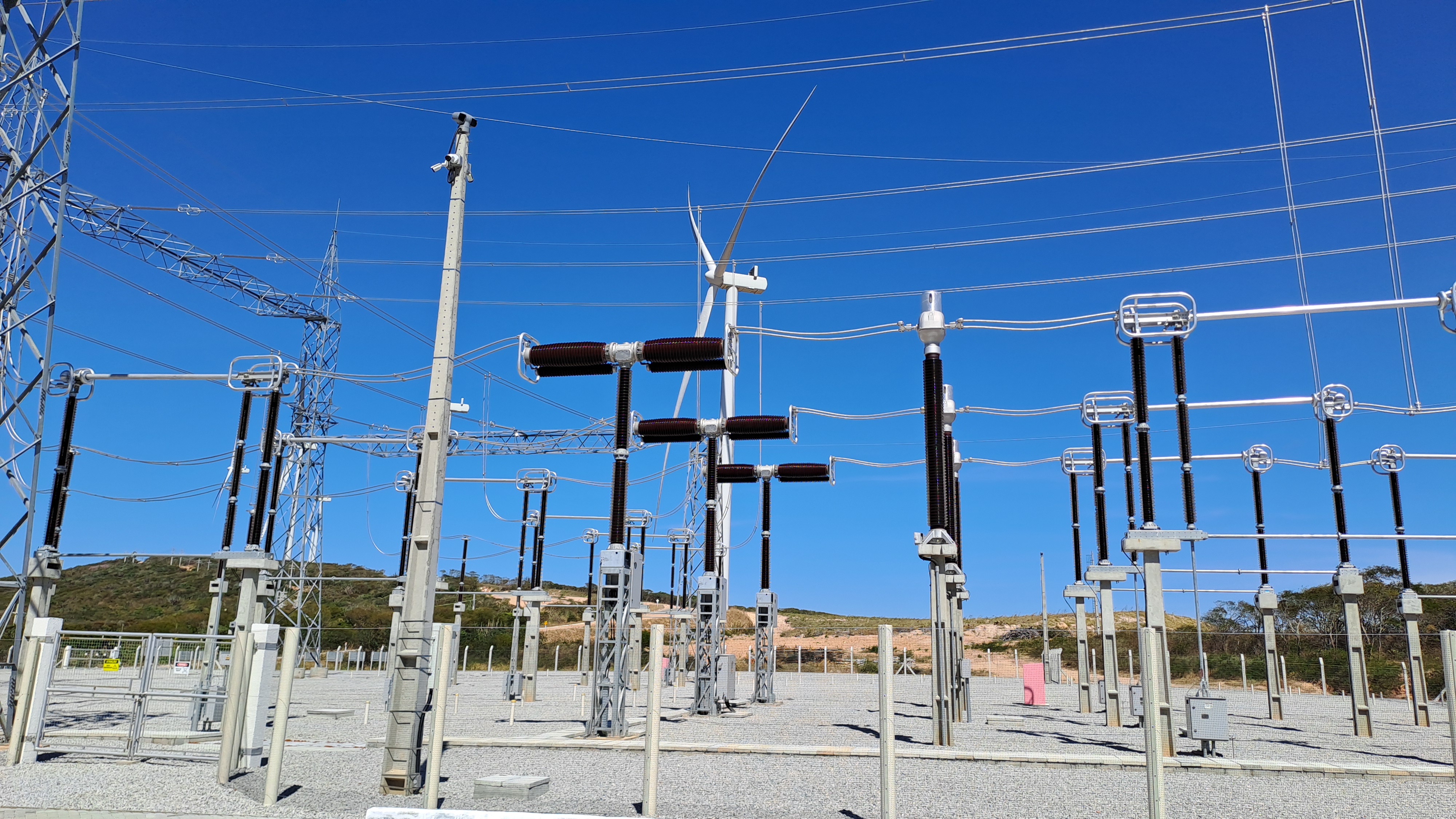From generation plants to transmission and distribution networks, every stage of the electrical system must operate with maximum efficiency and safety to ensure energy reaches homes, hospitals, industries, and transportation systems in a stable and uninterrupted manner.
In the United States, there are more than 7,300 generation plants, 160,000 miles of high-voltage transmission lines, and about 79,000 distribution substations in operation.
These facilities, especially substations, are responsible for transforming and redistributing electrical energy, adjusting voltage levels for different applications, and ensuring large-scale secure supply. Due to their importance, they also become critical points of vulnerability.
Why do substations require constant monitoring?
According to the CISA (Cybersecurity and Infrastructure Security Agency), physical attacks on substations have increased in recent years, ranging from vandalism and copper theft to sabotage and armed attacks.
One example occurred in 2022, when two substations in Moore County, North Carolina (USA), were targeted by armed attackers. The result: severe damage to the facilities and more than 45,000 people left without electricity for days, evidence of the real and immediate impact of these structures’ vulnerability.
But substation protection goes far beyond physical integrity. Operational safety is also essential. Safe operation depends on fully functioning equipment, well, defined procedures, proper use of PPE, and continuous monitoring of the infrastructure’s conditions.
The consequences of ineffective monitoring in substations are severe:
- Power supply interruption
- Operational risks
- Indirect impacts on other critical sectors that depend on energy
- Considerable economic losses
- Risks to the physical safety of technicians and operators
- Environmental damage, such as oil leaks or fires
Regulatory compliance: a growing demand for substation protection
Faced with such significant risks, regulatory agencies have established strict standards to ensure electric infrastructure protection. Companies that do not comply may face sanctions, lawsuits, increased insurance costs, and reputational damage.
In the U.S., the NERC (North American Electric Reliability Corporation) is the entity responsible for developing and enforcing the reliability standards of the electrical system. One of the main regulatory frameworks is CIP-014, which addresses the physical protection of critical facilities, such as substations.
This standard requires operators to identify which assets are essential to grid reliability and implement robust physical security measures to protect them from external threats.
The entire process is overseen by the FERC (Federal Energy Regulatory Commission), which enforces NERC’s standards and imposes penalties in cases of non-compliance.
How Aeon Security supports substation protection
Aeon Security offers a complete portfolio of solutions for the physical protection and operational monitoring of substations, using cutting-edge technology and artificial intelligence.
Each project is customized, considering the specific operational risks and requirements of international standards like CIP-014. Key solutions include:
- Perimeter protection with sensitive fiber optics (technology that detects vibrations and intrusions with geographic precision);
- Full CCTV coverage, enabling visualization of the exact point of intrusion or any anomaly on site;
- Cameras with video analytics, which identify suspicious approaches and intrusions in real time;
- Automated access control, with license plate recognition and vehicle entry restricted to authorized personnel;
- AI-based operation monitoring, to oversee the use of PPE, detect abnormal behavior, and monitor the operation of electrical switches;
- SCADA integration: it involves the connection and communication between devices to monitor, control, and collect data from industrial processes in real time.
- Thermal analysis of equipment, issuing alerts for overheating and fire risk;
- Centralized monitoring platform, integrated with remote operations centers.
A highlight is the electrical switch monitoring solution, which uses cameras with AI-powered video analytics.
The system monitors, in real time, whether the electrical switch has been properly closed, an essential step for the continuity and safety of energy transmission. The visual analysis automatically identifies the equipment’s status and, in the event of a failure, generates immediate alerts for the operator, allowing rapid responses and preventing risks.
Another very interesting solution we use at Aeon is thermal cameras for thermal verification analysis, a key tool in the predictive maintenance of substations. This type of monitoring allows us to identify temperature variations over time, which is essential for detecting hotspots that may indicate issues such as poor contact, overloads, or failures in electrical components like transformers, circuit breakers, and connectors. This enables us to take preventive action, avoiding major damage and ensuring the continuity of energy supply.
With these technologies, Aeon Security offers an integrated approach that can:
- Reduce operational failures and losses
- Ensure the safety of technicians and operators
- Avoid unnecessary technical trips
- Anticipate critical faults
- Increase traceability and operational control
- And, above all, ensure compliance with the regulatory standards governing the power sector
Conclusion
With intelligent, integrated solutions tailored to the reality of each operation, Aeon Security supports utilities and energy companies in protecting their critical assets with greater efficiency, agility, and compliance. Speak with our experts to guarantee the protection of your substation: sales@aeon-security.com
